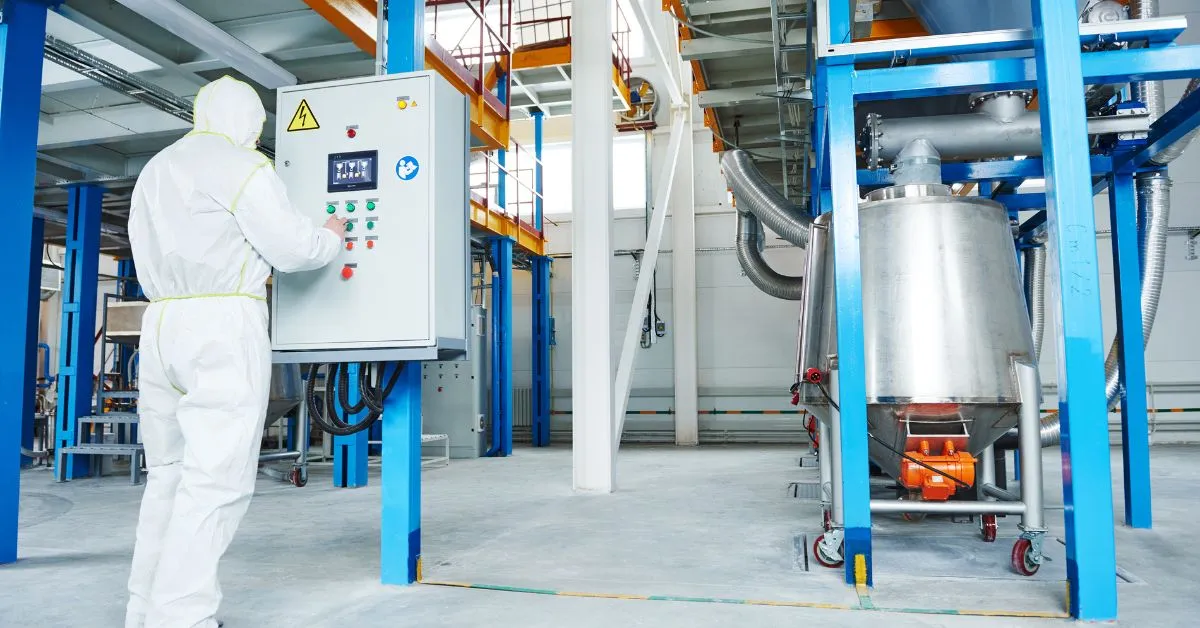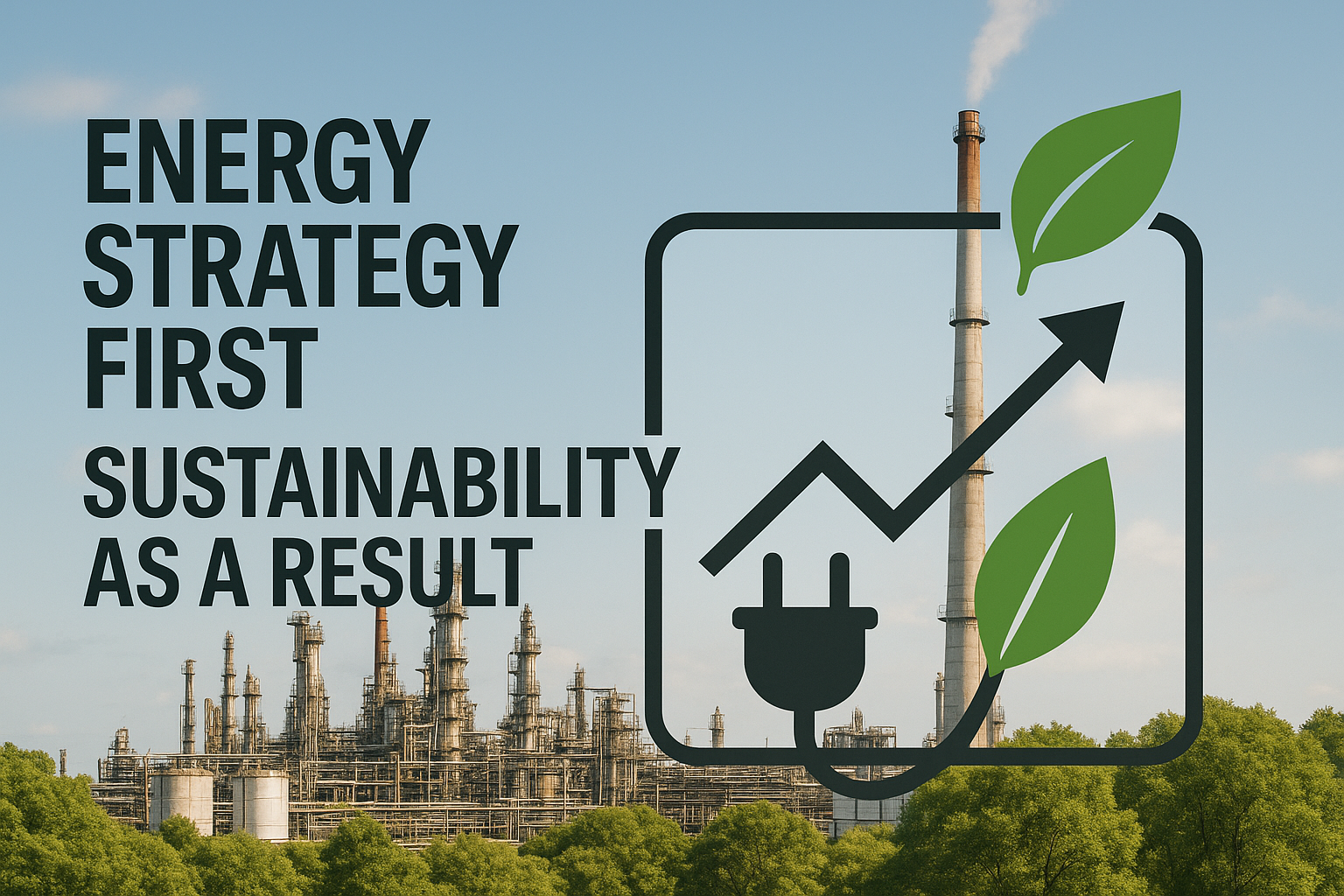Process variability is a persistent source of financial loss in manufacturing, leading to yield reductions, energy waste, and inconsistent quality. One proven way to reduce this variability is by using AI to identify and replicate the golden batch—the ideal set of process conditions that delivers peak performance. Manufacturers leveraging AI for this purpose have reported up to a 14% reduction in overall manufacturing costs.
By establishing the Golden Batch as a benchmark for efficiency, quality, and consistency, teams can unlock substantial improvements—from increased yields to lower energy consumption.
This guide provides senior process engineers with a step-by-step approach to using AI for Golden Batch discovery and replication, turning operational complexity into repeatable success.
Define & Locate Your Golden Batch
When you look back at past production runs, one batch usually stands out: the moment every critical quality attribute hit spec, yield peaked, and the line ran with zero hiccups. That single run is your golden batch, the time-stamped fingerprint of temperatures, pressures, pH, mixing speeds, and procedure timing that produced the ideal product.
Because it captures the sweet spot between quality and cost, the golden batch becomes your benchmark for consistent performance and margin improvement.
Process parameters such as temperature ramps, steady-state pressures, agitation profiles, reagent feed rates, and residence times shape this fingerprint. On the product side, attributes like yield, assay purity, moisture, particle-size distribution, color, and impurity levels confirm success.
Use this quick check to determine if a past run truly qualifies:
- It meets every quality spec
- Delivers top-quartile yield or conversion
- Consumes the least energy and utilities
- Generates few or no alarms or operator interventions
- Flows smoothly through each stage without manual tweaks
Once identified, you can let AI compare every new run to that fingerprint, surfacing subtle multivariate patterns you’d never spot manually. This transforms a one-off win into everyday reality with repeatable batches and a steadily rising bottom line.
Collect & Clean Historical Process Data
You can’t repeat a golden batch if the model learns from noisy or incomplete records. The foundation of any successful AI implementation begins with comprehensive data collection and meticulous data cleansing processes.
Start by pulling every relevant tag from your historian– temperatures, pressures, flows, alongside laboratory results, equipment states, alarm logs, and economic metrics such as yield and energy use. You’ll need at least a few months of minute-level data with minimal missing data; anything less starves AI techniques of the variability they need to generalize.
Before modeling, scrub the data thoroughly. Remove flat-lined sensors and obvious outliers, align timestamps across sources, back-fill sporadic lab results, and normalize units so every variable speaks the same scale. Skipping these steps invites hidden biases that cause AI to “predict the past,” a risk in industrial datasets.
The data quality foundation you build here determines everything that follows. Clean, comprehensive data leads to reliable models that operators trust, while messy data creates models that fail when you need them most.
Train an AI Model to Learn the Golden Fingerprint
The golden batch fingerprint represents the unique combination of conditions—like temperatures, pressures, and lab results—that consistently lead to high-yield, high-quality runs. Capturing and replicating this pattern at scale is key to achieving repeatable performance.
Rather than modeling every variable in isolation, AI tools can learn the underlying patterns that matter most for quality and yield. Once trained, these models can help identify set-point adjustments in real time, guide operators toward optimal trajectories, and flag potential issues before they impact results.
The most effective models are guided not just by data, but by economic impact—ensuring improvements in accuracy translate to real gains in throughput, margin, or energy efficiency.
Deploy Real-Time Monitoring & Alerts
The moment your golden batch fingerprint is validated, live data streams from the distributed control system (DCS) into the model. Each incoming sensor value is compared against the reference trajectory, and the difference is rolled into a single “Golden Similarity Score” that updates in real time. A score near 1.0 signals perfect alignment; anything below the threshold triggers closer scrutiny.
A concise dashboard keeps everyone focused. Yield and quality predictors refresh every few seconds, while energy efficiency gauges tie directly to current operating targets. Deviation alerts use color-coding by severity, and a countdown shows minutes until intervention is required. This real-time visibility prevents the cascade of deviations that turns a promising run into costly rework.
Clear, tiered alerts cut alarm volume without hiding critical events. Set wide “warn” bands, narrower “act” bands, and track response times so you can fine-tune thresholds. Experience shows that well-designed alert systems deliver double-digit reductions in failed batches once this closed-loop visibility is in place.
To overcome black-box worries, expose variable importance plots and contribution charts alongside each alert. When teams understand why the model is flagging potential issues, trust rises, and well-timed corrections prevent problems before they escalate. This transparency builds confidence in both the technology and the process improvements it enables.
Close the Loop with Automated Set-Point Adjustments
Once live dashboards confirm how closely a batch tracks the golden fingerprint, the model writes set-points directly back to the distributed control system (DCS). Safe integration is non-negotiable: every automated move obeys rate-of-change limits, sits behind safety interlocks, and starts in advisory mode before authority increases. If the model ever loses confidence, control falls back to manual in seconds.
Continuous, model-driven adjustments keep temperature, pH, and feed rates inside the narrow window where quality and yield peak. Advanced systems push this further by learning from each run, adapting when raw-material properties shift, and balancing objectives—yield, energy, off-spec risk—in real time.
Operators stay at the center. During early phases, they compare AI recommendations to their own moves, building trust before handing over more authority. Plants that follow this path report steadier conversion, fewer manual interventions, and meaningful energy savings that compound over time.
Sustain & Improve — Governance, KPIs & Workforce Adoption
Once a golden batch profile is live, you need a lightweight governance layer that prevents it from drifting. Start by appointing a cross-functional committee, including operations, quality, IT, and data science, to own regular model health checks, version control, and economic validation.
Schedule workforce retraining cycles whenever raw materials shift or equipment is overhauled; otherwise, the fingerprint that once saved you money can quietly erode. Clear policies for data integrity and change control safeguard the baseline that makes this methodology work.
Governance only matters if you track the right numbers. Five relevant indicators can provide meaningful insights into your optimization impact, though a broader set of metrics is typically needed for a complete evaluation:
- Golden batch match score
- Batch-to-batch consistency
- Cumulative margin improvement
- Energy intensity
- Quality incident rate
Bring frontline teams along from day one. Simulation drills, role-specific dashboards, and peer mentoring build trust, while celebrating early wins sustains momentum. Chemical plants that embed continuous learning into daily routines see faster uptake and fewer manual overrides, proof that technical excellence and workforce alignment go hand in hand.
Diagnostic Pathways for Golden Batch Implementation
Even with a solid golden batch model, the unexpected can and will surface. When an alert flashes, start by confirming data integrity, missing points, flat-lined sensors, or timestamp slips account for a surprising share of false deviations.
A quick look at your historian against live feeds helps you rule out those gaps. If the data is sound, yet the similarity score keeps sliding, the model itself may have drifted as equipment ages or raw-material quality shifts. Periodic retraining with the latest batches realigns the model without overfitting the past.
Here’s a simple decision path you can share with operators: when an alert fires, check sensor health and tag coverage; if sensors are healthy, compare batch trend to updated golden profile; if profile is outdated, retrain model on recent high-quality runs; if profile is current, investigate operator overrides or DCS configuration changes.
For overrides and set-point clashes, an explanation panel showing which variables drove the recommendation helps you rebuild trust. When integration hiccups follow a DCS update, stage an advisory copy of the interface, replay historical batches, and only then reconnect live control.
The golden batch is a living target; if multiple “good” runs keep failing the similarity test, it’s time to promote a new benchmark. Embrace the learning curve. Each recovery step sharpens both the model and your team’s confidence in the system.
Transform Your Golden Batch Strategy into Measurable Results
From defining a golden batch to deploying closed-loop optimization, every step moves you closer to consistent quality, higher yields, and more efficient energy use—benefits that multiply across every shift, unit, and production line.
For process industry leaders ready to turn best-ever runs into everyday reality, advanced AI optimization solutions provide the industrial intelligence your plant needs to thrive in today’s competitive landscape. Schedule a cost-free assessment to explore how Imubit can help you capture and sustain measurable results at scale.




